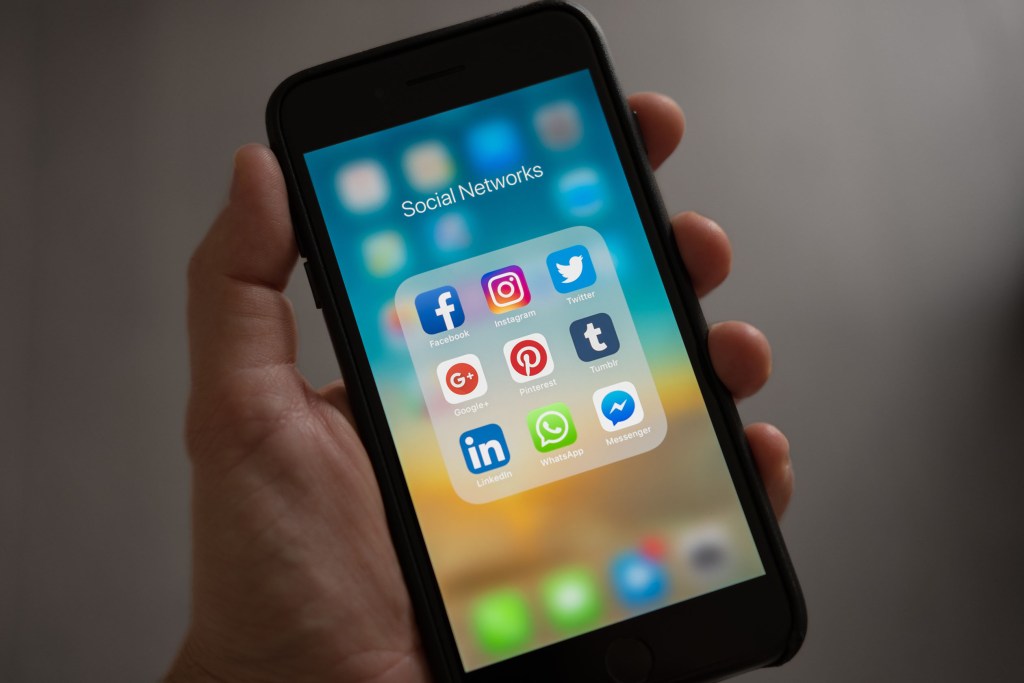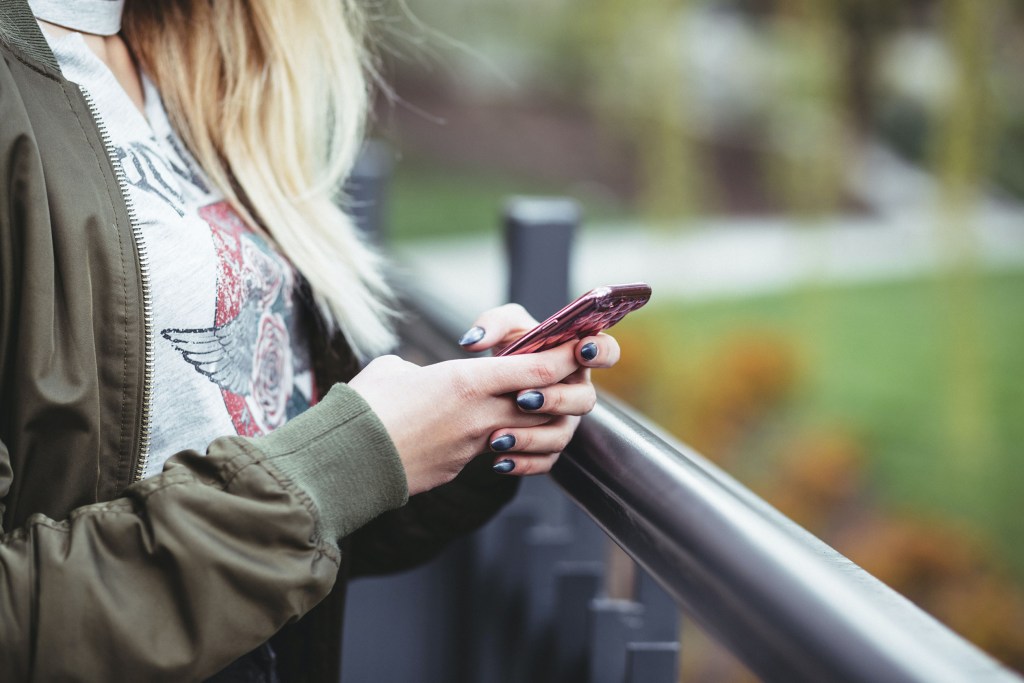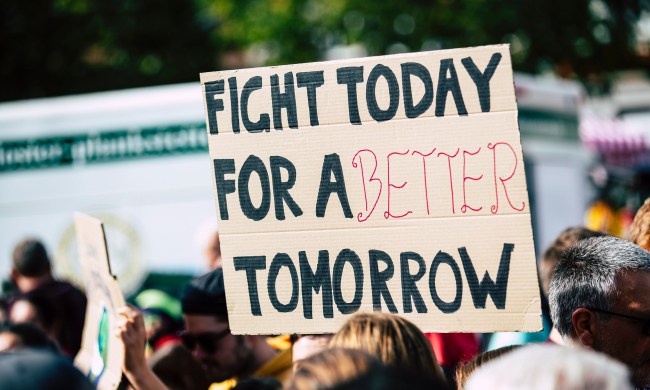Nearly one-fifth of all adults get their news primarily from social media. And while it may be more convenient than reading the newspaper in the morning or watching the evening news, getting your information solely from your social media feed comes with some significant drawbacks; the most concerning is the prevalence of fake news.
That same survey from the Pew Research Center found that adults who rely on social media for news were more likely to be exposed to misinformation and less likely to know the facts about politics and current events.
Just because fake news runs rampant on social media doesn’t mean you are powerless against it. There are some telltale signs that indicate whether you need to fact-check before you share a post.
The source doesn’t look familiar
If you come across a suspect post, you should first look at who is posting it. Check out the original poster’s account to see what kind of content they regularly publish and if they are verified. If it’s not the account of a professional news organization, be extra mindful of the stories they share.
If the post links to a news article, you should also research the publication that initially posted it. Fake news sites are designed to be difficult to detect, using names that sound similar to reputable sources, like abcnews.com.co. Sometimes, these websites will state that they are meant to be satire or fake news. Others will provide vague or incomplete information on their about pages. If you’re still not sure, do a quick Google search of the website to learn more about its reputation.
The headline seems too ridiculous to be true
It wouldn’t be the first time that satire site, The Onion, has fooled someone into believing their stories are real. Satire publications and parody social media accounts work hard to make people laugh. But sometimes, the real news seems so outlandish that it can be hard to determine what’s true and what’s poking fun at the truth. Be sure to read beyond the headline and research who is posting. And for really wild claims, be sure to check out the information on a fact-checking website like Snopes or FactCheck.org.

You had an immediate emotional response
When people see a post that resonates with them emotionally (whether good or bad), they are more likely to interact with it and share it. Fake news posters take advantage of this fact to get as many eyes as they can on their stories. This helps misinformation spread around social media, with people making the gut decision to share without verifying whether the information is accurate. Consider how you feel after reading the post; if you feel enraged or validated, take a moment to fact-check before you post.
The photos and videos are low-quality or misleading
Images and videos can be particularly deceptive and a little harder to verify than articles. But media can be edited or presented in ways that support the poster’s agenda. Watch out for these red flags in videos and photos:
- Blurry, low-quality images and videos
- Added text
- Prominent figures doing things that seem out of character
- No photographer/creator/website credited
With images, run a reverse image search on Google to see if other versions of the image exist or have been edited differently. You can also search for pics and videos on fact-checking websites.
If the media includes data or facts, Google them to see if they’re true. You should also verify the location and date of the photo or video and if the description or caption matches that information. Be extra cautious of sharing screenshots of other social media posts, which are easy to edit, and images of only text, which often don’t include sources for the information.

The “facts” are unverified
Whether you’re looking at a social media post, image, or article, all the facts included in the post should be cited. Often, fake stories will have official-sounding sources. Once you look deeper into these sources, however, you will often find that it doesn’t support the claim at all. Other times, the information is stated as fact without any citation. If a source is not provided, you may be able to ask the poster where they got the information from. Or, you can use Google or one of the previously mentioned fact-checking sites to research the info.
Despite the best efforts of social media companies, fake news isn’t going anywhere anytime soon. While these stories can’t be avoided, you can learn how to fact-check and identify them so you can stop believing and spreading misinformation. Look out for the five signs above and use all the tools at your disposal to prevent fake news from taking over your timeline. With a little bit of effort, you’ll be a fact-checking pro in no time.




